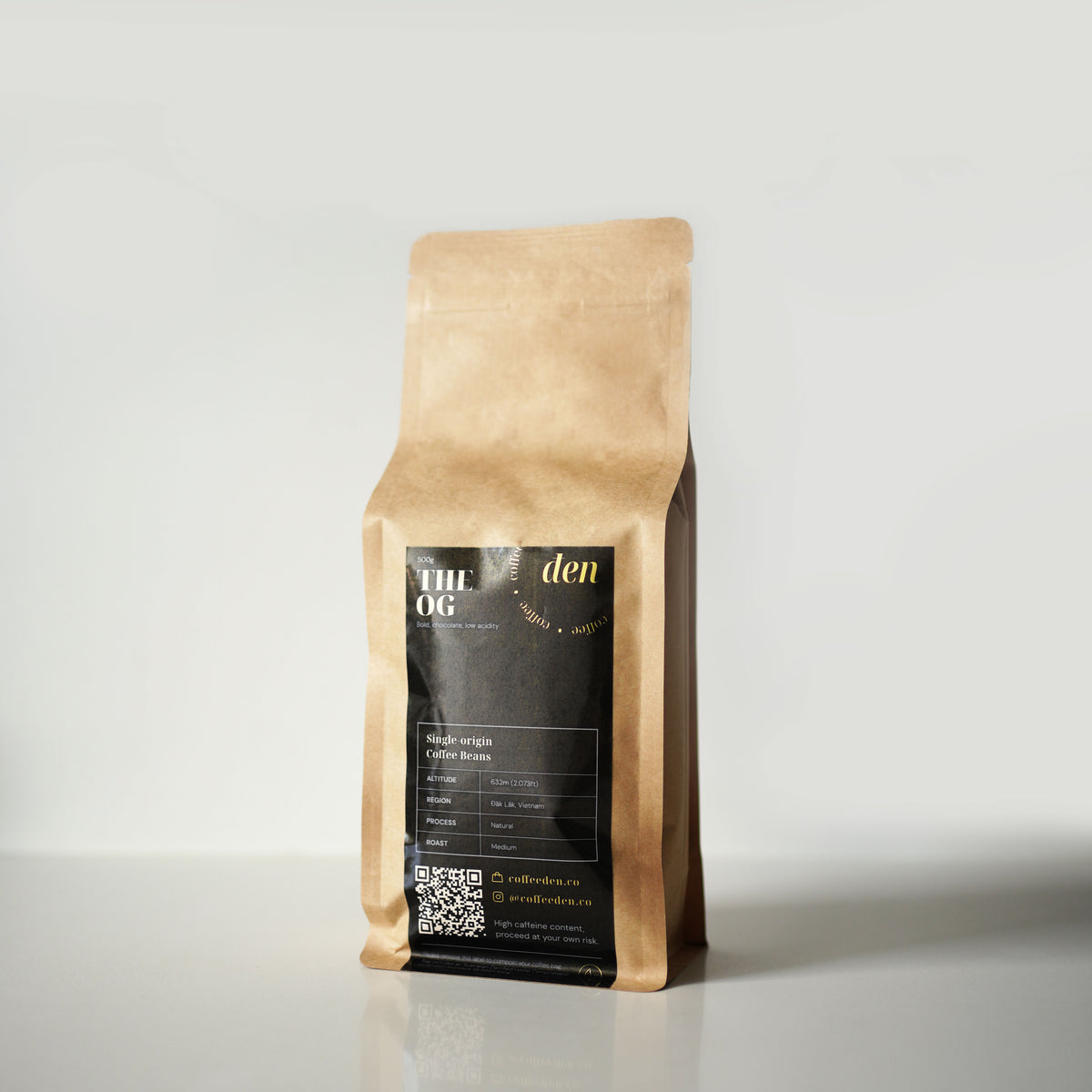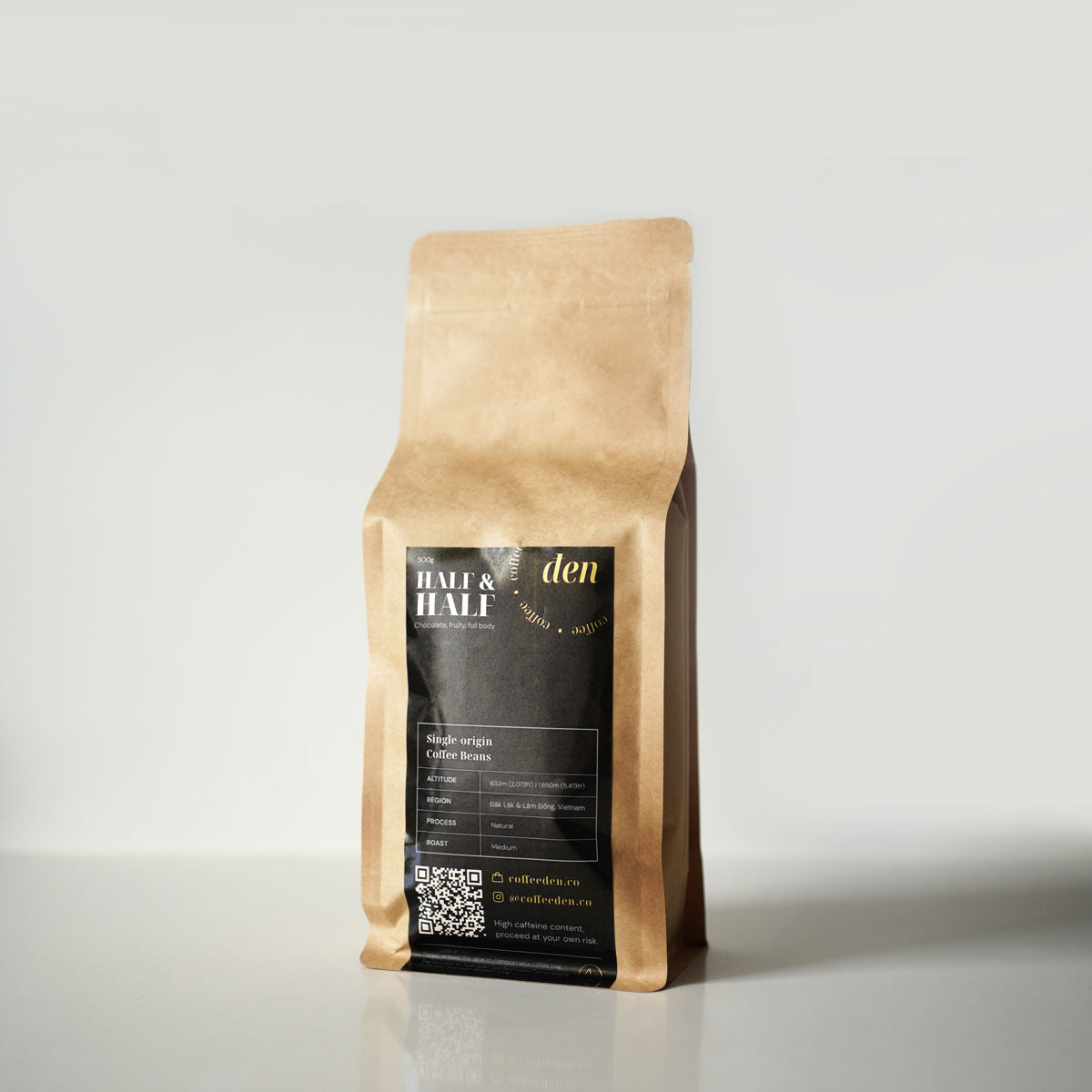Vietnam’s coffee capital, Buôn Ma Thuột, is a city built on beans. Here, robusta beans are born and bred, with their signature strong and chocolatey character shaped by the land’s volcanic soil. A few kilometres away, you can see the Cư M’gar District, where farmers start the grind before dawn to water their fields. You’ll find members of the Ê-Đê community residing there, one of Vietnam’s indigenous ethnic groups, whose stilt houses line up in the fields, making a beautiful scenery of rows of houses. The tribe has grown coffee for decades. They follow the rhythm of the rain, the harvest, even the cicadas. This is their beat, their flow, their life.
If we go to the east, just a few hundred kilometres, you’ll find yourself on an unusual, chilly road that climbs toward Đà Lạt. It’s a hill station with unreal, stunning French villas and pine forests that paint another era. In this environment and weather, arabica thrives. Farmers plant it on terraced slopes, under persimmon and avocado trees. Their beans, honey-processed or sun-dried, capture the sweetness, which is a delicate contrast to the boldness of the Central Highlands.

Each Vietnamese region tells a coffee story and plays a role in the country’s economy. They all mirror the country’s balance between strength and grace, endurance, and aspiration. Coffee farming for the Vietnamese has always been an inheritance of habits, not hectares. A father will teach his son how to test the soil by touch, or a grandmother will remind her granddaughter of pruning the shade trees. Families work together during harvest, their laughter echoing across rows of ripening cherries. It is laborious work, but it holds the community together. It not only builds the country’s economy, but it also bonds families. A culture that has become an heirloom from generation to generation.
But things aren’t always frozen in time; things are changing in the Highlands, too. Young people are drawn by the city life, the promise of a better future, and leave for Đà Nẵng or Hồ Chí Minh City. Those who stay face rising production costs and unpredictable weather, with droughts lasting longer and rainfall shifting patterns. After all, seeking and finding are always a part of life.
But not all who wander are completely lost. Some of those who left come back with more knowledge on modern techniques about organic practices, specialty roasting and direct trade, and then they share these with their communities. With this new knowledge, the communities can combine this with their traditional techniques.
Visitors can see a more detailed storytelling of the coffee culture and history of Vietnam at the Coffee World Museum in Buôn Ma Thuột. It’s, in fact, more of a living memory, where each artifact tells of how a nation once torn by war found identity in a cup.

Hope grows like coffee in the Central Highlands, and it refreshes itself season after season. Vietnam’s heart will always keep beating to the rhythm of its beans: strong, grounded, enduring, and ever renewing.





